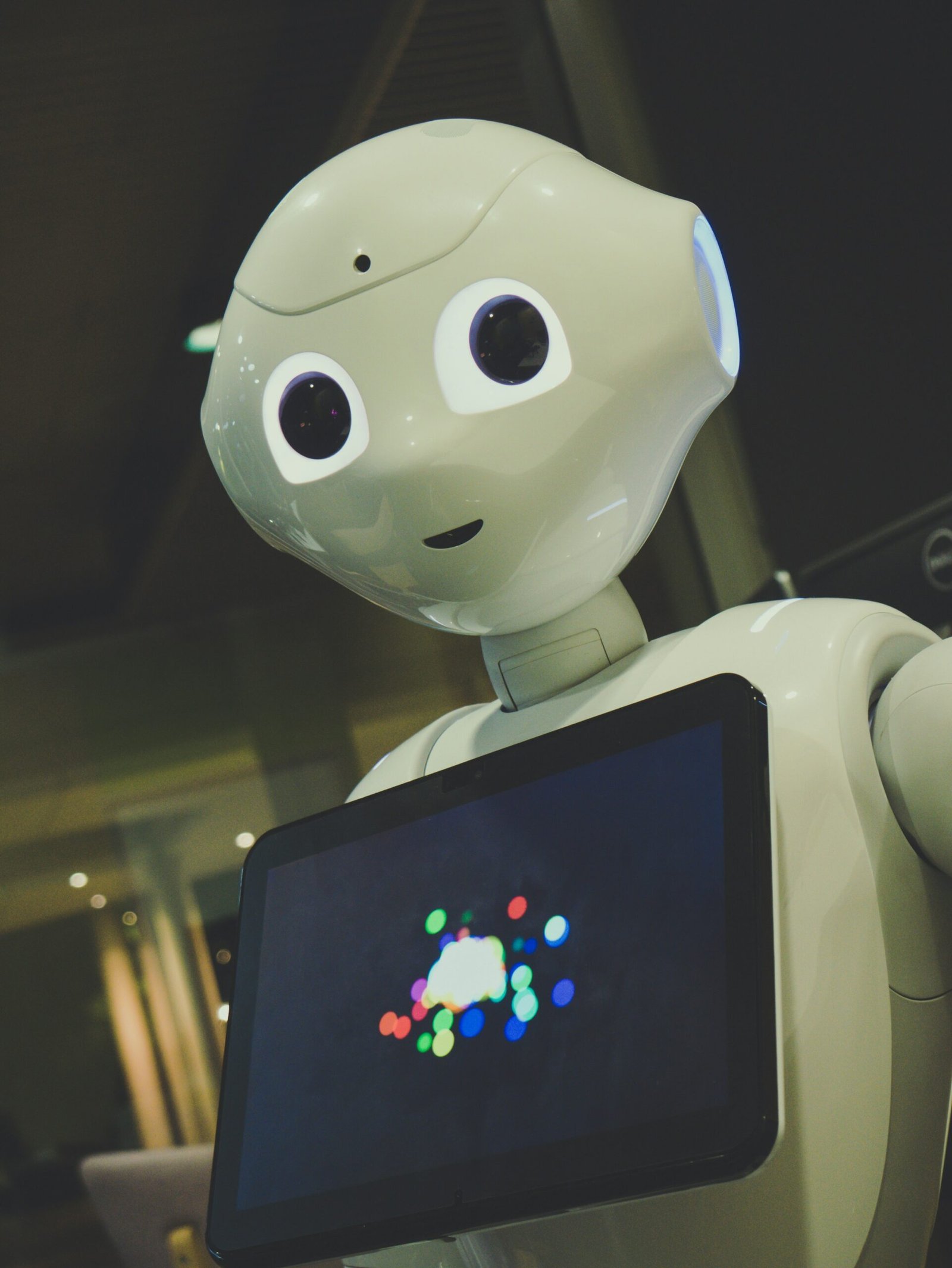In today’s digital age, the threat of cyber attacks is ever-present. With hackers becoming more sophisticated and finding new ways to breach security systems, it is crucial for organizations to stay one step ahead in the battle against cyber threats. This is where Artificial Intelligence (AI) plays a vital role in detecting and preventing these threats.
What is AI?
AI refers to the simulation of human intelligence in machines that are programmed to think and learn like humans. It involves the development of computer systems capable of performing tasks that typically require human intelligence, such as speech recognition, problem-solving, and decision-making.
How AI detects cyber threats
AI algorithms are designed to analyze vast amounts of data and identify patterns that may indicate a cyber threat. By continuously monitoring network traffic, AI systems can detect anomalies and unusual behavior that may signal an ongoing attack. These systems can also analyze historical data to identify trends and predict potential threats before they occur.
One example of AI in action is the use of machine learning algorithms to detect malware. Traditional antivirus software relies on signature-based detection, which requires regular updates to detect new threats. In contrast, AI-powered systems can learn from previous attacks and adapt to new and emerging threats without the need for constant updates.
The benefits of using AI in cybersecurity
The use of AI in cybersecurity offers several benefits:
1. Enhanced threat detection
AI systems can analyze vast amounts of data in real-time, enabling them to detect and respond to threats more quickly and accurately than traditional methods. This allows organizations to proactively defend against cyber attacks and minimize the potential damage.
2. Reduced false positives
Traditional security systems often generate a high number of false positives, leading to alert fatigue and wasting valuable resources. AI-powered systems can significantly reduce false positives by learning from past incidents and improving their accuracy over time.
3. Automation of routine tasks
AI can automate routine cybersecurity tasks, such as patch management and vulnerability scanning, freeing up security professionals to focus on more complex and strategic tasks. This not only increases efficiency but also reduces the risk of human error.
4. Continuous monitoring
AI systems can provide continuous monitoring of networks and systems, ensuring that any potential threats are detected and addressed promptly. This is especially important in today’s interconnected world, where new vulnerabilities can emerge at any time.
The future of AI in cybersecurity
As cyber threats continue to evolve, the role of AI in detecting and preventing these threats will become even more critical. AI systems will become smarter and more sophisticated, leveraging advanced algorithms and machine learning techniques to stay ahead of hackers.
Furthermore, AI will play a crucial role in the development of autonomous cybersecurity systems that can detect, analyze, and respond to threats without human intervention. These systems will be able to adapt and learn from new attack vectors, making them more resilient against emerging threats.
Conclusion
The role of AI in detecting and preventing cyber threats cannot be overstated. With its ability to analyze vast amounts of data, detect anomalies, and automate routine tasks, AI is a powerful tool in the fight against cybercrime. As technology continues to advance, organizations must embrace AI as an essential component of their cybersecurity strategy to stay protected in an increasingly digital world.

